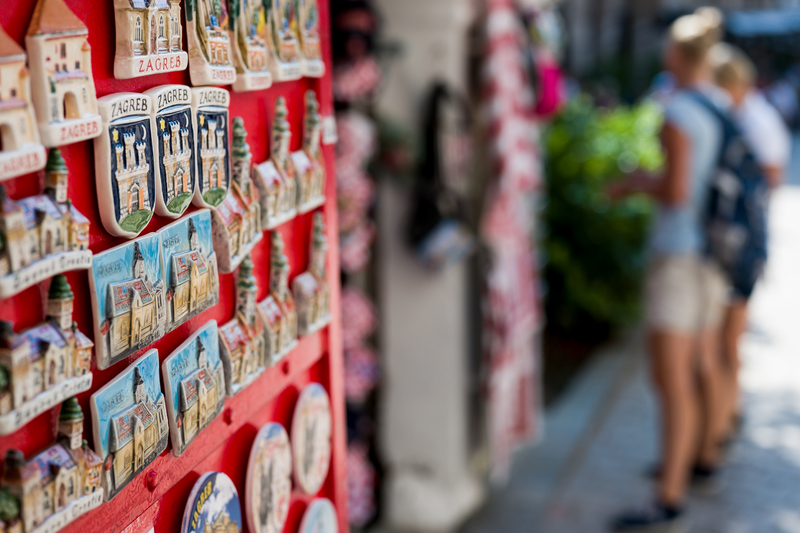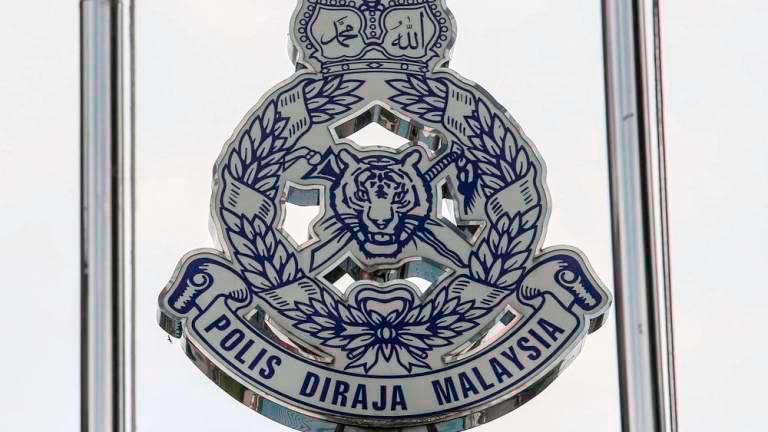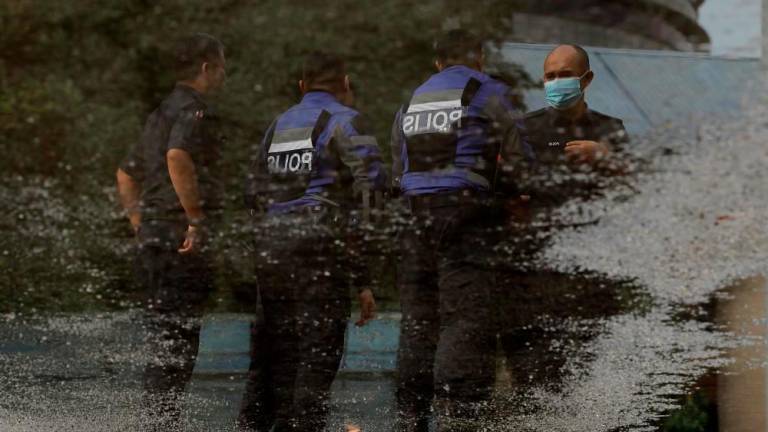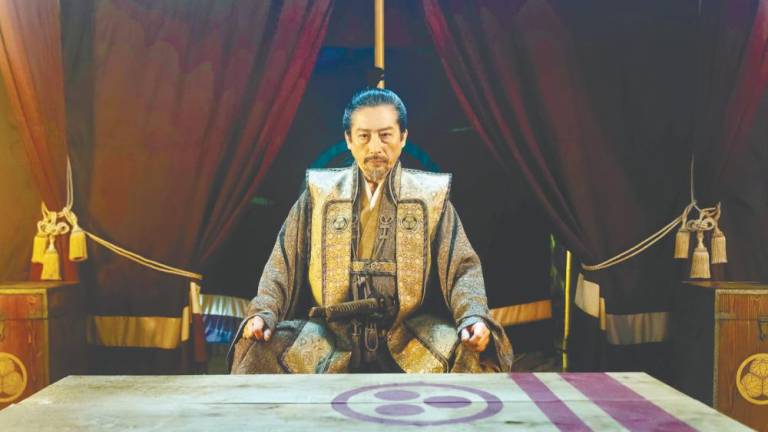SOUVENIRS, those things we unpack from our suitcases only to later forget about them, have never held quite so much meaning.
Much of the world is stuck at home, trapped between four walls, travelling forbidden.
Trinkets and mementos from earlier holidays and trips abroad are now some of our best reminders of better times.
“We’re taking more notice of everything, like in slow motion, because everything’s slowing down. We’re sitting in the same chair while we do everything possible from home, and our glance passes over our souvenirs,“ says ethnologist Wolfgang Kaschuba.
“At a time when our horizons are shrinking, in which we often only have the view from our windows, these reminders are given more weight.”
So why do we bring home souvenirs? What do to they mean to us, especially now when we can no longer travel?
“Souvenirs are more than just keepsakes to me,“ says the art historian Katharina Koppenwallner who sells international textiles at her shop International Wardrobe.
“They’re often tangible leftovers from a world that’s disappeared for us,“ she says. As an example she gives handmade materials from India. Those kind of things don’t exist in Europe anymore.
“Souvenirs have fallen into disrepute because everybody thinks it’s just folklore junk,“ says Koppenwallner. “But in every culture there’s a material culture that can be discovered. A history that’s very exciting opens up to you.”
But a souvenir doesn’t have to be a piece of art or an everyday object. “I think T-shirts with ‘I love New York’ written on them are good too,“ says Koppenwallner. “Kitsch, ironic souvenirs can tell stories too. We should make sure we appreciate them.”
“Keepsakes are often kitschy, sometimes arty, but they’re always emotional,“ says Kaschuba. They have a biographical function, he says. “A sort of, ‘Oh yes, that’s where we went ten years ago!’” The play an important role in helping people reminisce about old times, different episodes of their lives.
And even if it’s not authentic, it can still help you find a connection with history. Some of the most common fake souvenirs are pieces of the Berlin Wall, according to the professor.
“It’s a piece of international history that you can touch and put on your shelf, a tactile experience,“ he says. “It gives you goosebumps and captures the pathos of the place.”
But with all the photos and selfies that people take nowadays haven’t souvenirs become a bit obsolete? Not according to the experts.
“Keepsakes are more valuable due to the inflation of pictures,“ says Kaschuba. “Souvenirs are interpreted as being more permanent.”
“Photos simulate a reality that didn’t necessarily exist,“ Koppelwallner adds. “Objects can’t do that and they don’t try to either.”
Travellers often buy souvenirs for other people rather than themselves, a gift perhaps to induce conviviality, things like a local delicacy or drink.
“Think about a bottle of wine,“ says Kaschuba. “You might drink it together at some point and discover: It tastes better in Italy after all.”
But the coronavirus means now is not the time for social gatherings, with most people currently ordered to stay at home and avoid social contact. It will be some time before people start travelling again.
And so people take out their souvenirs, says Kaschuba, rekindling those feelings of wanderlust and an anticipation for the post-coronavirus future. – dpa










